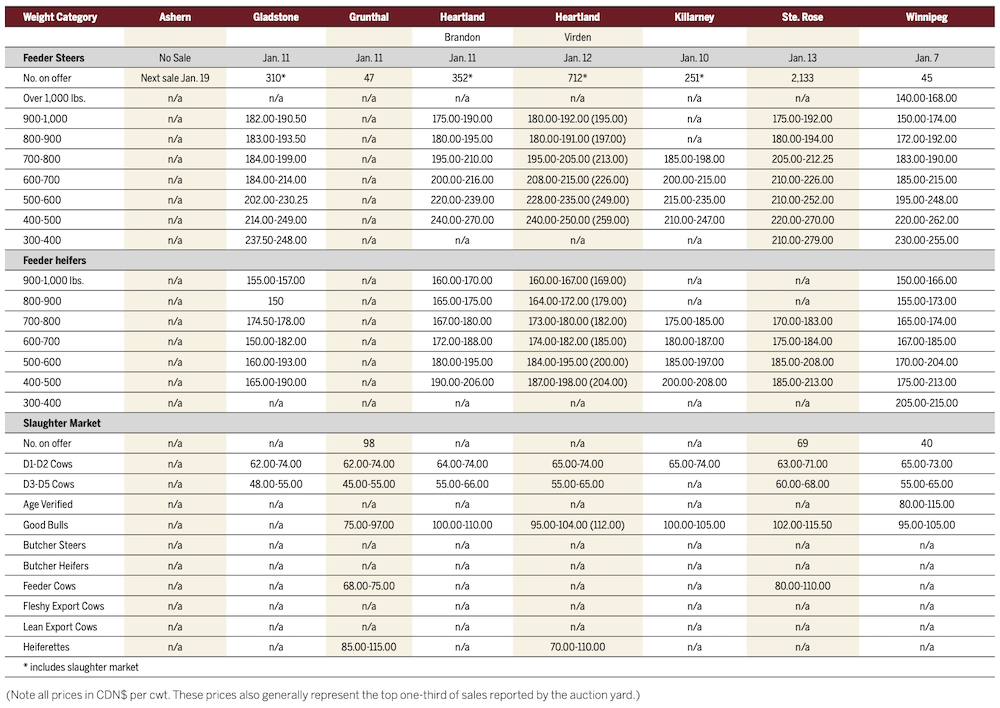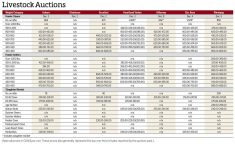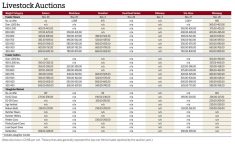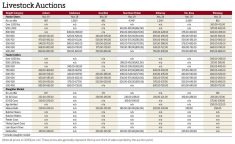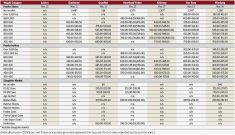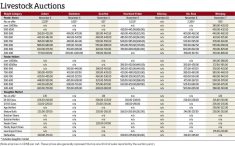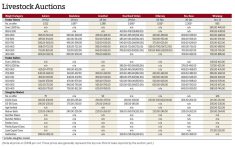Winter weather kept activity on the quiet side at many Manitoba cattle auctions during the week ended Jan. 14 as sales slowly pick up to start the new year.
“The cold and the wind… backed some guys off until the upcoming week,” said Allan Munroe of Killarney Auction Mart. While only 251 cattle were on offer at Killarney for its first sale of the new year, held Jan. 10, he expected numbers to be back up around 900 by the following week.
The weather may have kept some people at home, but prices were solid for what was moving across the province during the week.
Read Also
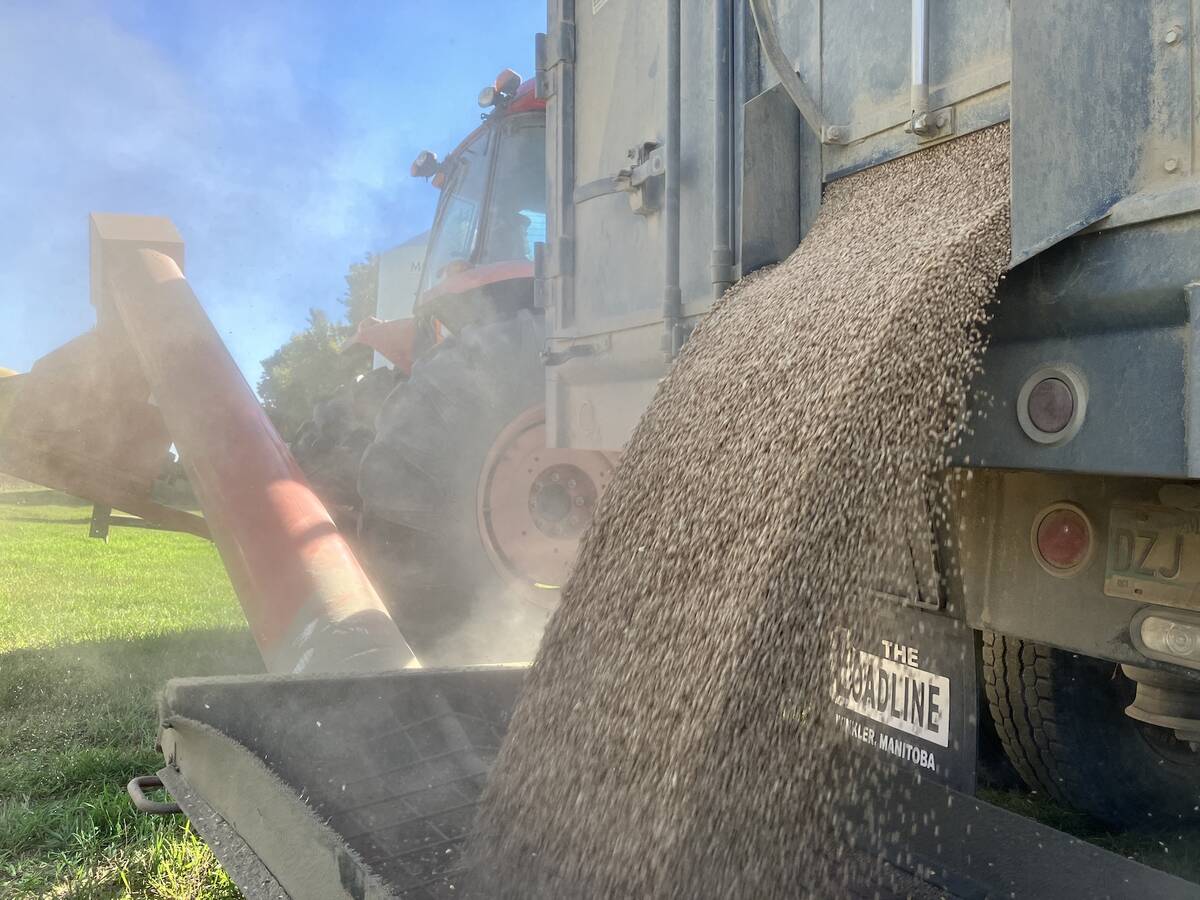
Riding market swings can add farm profit
Regular price trends in the grain market can help farmers pinpoint how and when to sell their grain with more confidence, analyst says
On the feeder market, “we’re starting out higher than we ended in December, so that’s a positive,” Munroe said, adding that the cow market was steady as well.
Feeder steers in the 400- to 500-pound range were bringing anywhere from $210 to $270 per hundredweight at auctions across the province, while heavier cattle above 800 lbs. were also solid, hitting $190/cwt or higher in many cases.
While the cow market was holding steady to start 2022, Munroe noted large purchases before Christmas were still working their way through the system. Good-quality D1 and D2 cows were trading in the $62-$74/cwt area around the province.
Strength in U.S. futures for fat cattle was bringing some optimism to the feeder sector, according to Munroe.
Increased demand from U.S. buyers for Canadian feeder cattle in recent months was helping take some pressure off the Canadian market, with strong interest from Ontario also supportive.
Munroe noted the higher-quality cattle were headed to Ontario, as processors there had space to fill.
While a COVID-19 outbreak at the Cargill beef slaughter plant at High River, Alta. has created some issues for the flow of cattle, Munroe noted the strong demand from the south and east was helping take some of the pressure off.
Feed prices are still high and feedlots have to make sure they have their feed secured before they put orders in for cattle, he said. With cost and availability both in question, as long as they can keep securing feed he expected a good marketing season going forward.
Looking further ahead — assuming there’s moisture and there’s a crop and forage — next fall is also looking promising, according to Munroe.


